The secret of software success: Simplicity is the ultimate sophistication
Last updated: November 18, 2022 Read in fullscreen view
- 12 Oct 2022
 14 Common Reasons Software Projects Fail (And How To Avoid Them) 10/504
14 Common Reasons Software Projects Fail (And How To Avoid Them) 10/504 - 20 Jan 2022
 TIGO Self-Organization Practice: Change Management Workflow 6/430
TIGO Self-Organization Practice: Change Management Workflow 6/430 - 28 Jul 2022
 POC, Prototypes, Pilots and MVP: What Are the Differences? 6/606
POC, Prototypes, Pilots and MVP: What Are the Differences? 6/606 - 13 Oct 2021
 Outsourcing Software Development: MVP, Proof of Concept (POC) and Prototyping. Which is better? 6/424
Outsourcing Software Development: MVP, Proof of Concept (POC) and Prototyping. Which is better? 6/424 - 31 Aug 2022
 What are the best practices for software contract negotiations? 5/215
What are the best practices for software contract negotiations? 5/215 - 07 Oct 2025
 Case Study: Using the “Messaging House” Framework to Build a Digital Transformation Roadmap 5/45
Case Study: Using the “Messaging House” Framework to Build a Digital Transformation Roadmap 5/45 - 16 Jun 2022
 Rapid Application Development (RAD): Pros and Cons 5/800
Rapid Application Development (RAD): Pros and Cons 5/800 - 05 Mar 2021
 How do you minimize risks when you outsource software development? 5/317
How do you minimize risks when you outsource software development? 5/317 - 01 Jan 2024
 The pros and cons of the Centralized Enterprise Automation Operating model 4/165
The pros and cons of the Centralized Enterprise Automation Operating model 4/165 - 12 Dec 2021
 Zero Sum Games Agile vs. Waterfall Project Management Methods 4/374
Zero Sum Games Agile vs. Waterfall Project Management Methods 4/374 - 04 Oct 2022
 Which ERP implementation strategy is right for your business? 4/278
Which ERP implementation strategy is right for your business? 4/278 - 01 Dec 2023
 Laws of Project Management 3/249
Laws of Project Management 3/249 - 05 Sep 2023
 The Cold Start Problem: How to Start and Scale Network Effects 3/167
The Cold Start Problem: How to Start and Scale Network Effects 3/167 - 18 Jul 2021
 How To Ramp Up An Offshore Software Development Team Quickly 3/516
How To Ramp Up An Offshore Software Development Team Quickly 3/516 - 20 Jan 2021
 Fail early, fail often, fail cheap, fail safe but always fail forward 3/688
Fail early, fail often, fail cheap, fail safe but always fail forward 3/688 - 11 Nov 2021
 What is an IT Self-service Portal? Why is it Important to Your Business? 2/364
What is an IT Self-service Portal? Why is it Important to Your Business? 2/364 - 02 Nov 2021
 [Case Study] Streamlined Data Reporting using Tableau 2/276
[Case Study] Streamlined Data Reporting using Tableau 2/276 - 28 Oct 2022
 Build Operate Transfer (B.O.T) Model in Software Outsourcing 2/361
Build Operate Transfer (B.O.T) Model in Software Outsourcing 2/361 - 02 Dec 2022
 Success Story: Satsuki - Sales Management Software, back office app for School Subscription Management 2/219
Success Story: Satsuki - Sales Management Software, back office app for School Subscription Management 2/219 - 04 Oct 2021
 Product Validation: The Key to Developing the Best Product Possible 2/295
Product Validation: The Key to Developing the Best Product Possible 2/295 - 01 May 2024
 Warren Buffett’s Golden Rule for Digital Transformation: Avoiding Tech Overload 2/188
Warren Buffett’s Golden Rule for Digital Transformation: Avoiding Tech Overload 2/188 - 12 Aug 2024
 Understanding Google Analytics in Mumbai: A Beginner's Guide 1/84
Understanding Google Analytics in Mumbai: A Beginner's Guide 1/84 - 03 Apr 2021
 How digital asset management streamlines your content workflow? 1/312
How digital asset management streamlines your content workflow? 1/312 - 13 Feb 2021
 Why is TIGOSOFT a software house for Enterprise Application Development? 1/336
Why is TIGOSOFT a software house for Enterprise Application Development? 1/336 - 21 Jun 2021
 6 Useful Tips To Streamline Business Processes and Workflows /515
6 Useful Tips To Streamline Business Processes and Workflows /515 - 06 Nov 2023
 How do you streamline requirement analysis and modeling? /184
How do you streamline requirement analysis and modeling? /184 - 19 Oct 2021
 Software development life cycles /628
Software development life cycles /628 - 06 Mar 2024
 [SemRush] What Are LSI Keywords & Why They Don‘t Matter /131
[SemRush] What Are LSI Keywords & Why They Don‘t Matter /131
Have you ever used a software application so complex that you went for two or more days of training? Or perhaps, someone else in your company has. This trained person is the designated user and when they are either sick or on vacation your company realizes they need a backup user. So then your company must spend thousands of dollars more for an additional software license and training. Training then becomes another revenue source for these companies, so the incentive to make an easy-to-use software application is gone.
You may have noticed that these issues are a direct result of the application’s complexity. Complexity increases an application’s cost dues to the software company’s maintenance and training. Therefore, the solution seems simple, right? Why not create an application which is simple to use.
“Simplicity is the ultimate sophistication.” – Leonardo da Vinci
We can assume most companies do not intentionally develop software applications to be complex. This is what happens in the typical development process: After a software business determines they want to develop a software product for a particular industry, they set about generating a list of features. These features are typically priority designated as “Must Haves” and “Nice to Haves”. These priorities are usually determined by marketing, cost and resources. “Ease of use” is normally not a factor at this stage. Why? Because the software architecture and User Interface (UI) have not yet been designed. Next, schedules and milestones are determined and then the real work begins. Still no attention is being given to “Ease of use” until the UI design and implementation.
Basically, what I have described is the process of taking a collection of features and putting them into a bucket and then calling it a software application. Certainly, I left out some steps so as not to bore you more than you may already be. At any rate, the approach is all wrong!
A positive approach for ensuring that a software application is easy-to-use is to make it part of the feature selection phase. In other words, make certain that each feature designated for an application would be intuitive to the user. This approach requires feedback from potential users and Subject Matter Experts (SMEs). This is a looping process, whereby improvements are made after receiving feedback. It is also important to understand the types of users who will be using the new application and their level of experience with various kinds of applications. If a particular feature is too complex to be implemented, then it should either be tabled for a later release or provide a method of explaining how to use this feature within the application, without requiring the user to be trained or call for technical support. For example, here at Atebion LLC we designed the UI to be as simple as possible. Additionally, we provide various instructional inputs to the user, such as our new embedded audio/text trainer, which we call Epic Reader. This not only does this instruct the new user, but helps the returning occasional user as well. We never consider the process of improving usability to be complete. We continue to ask for feedback from our users and refactor the application as needed.
The benefits of having an Easy to Use software application are as follows:
- Paid training not required
- Lower cost
- Co-workers are substitutable
- Less prone to user errors
- Quick Return on Investment (ROI)







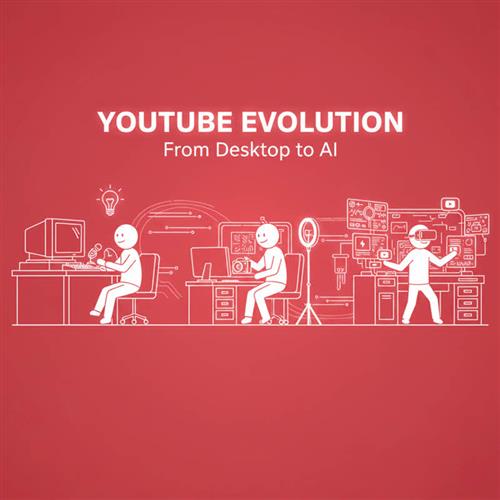

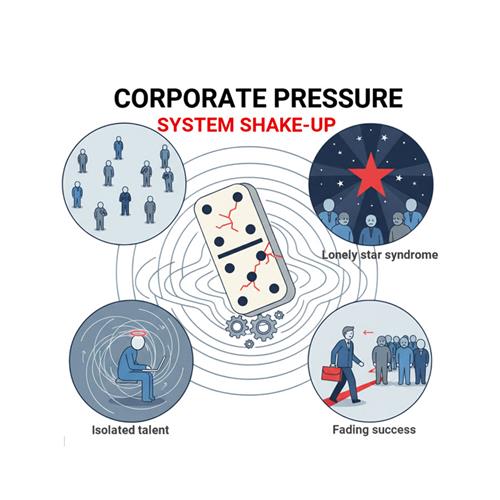
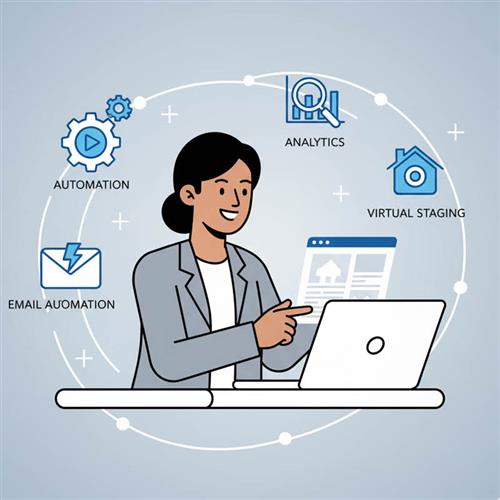
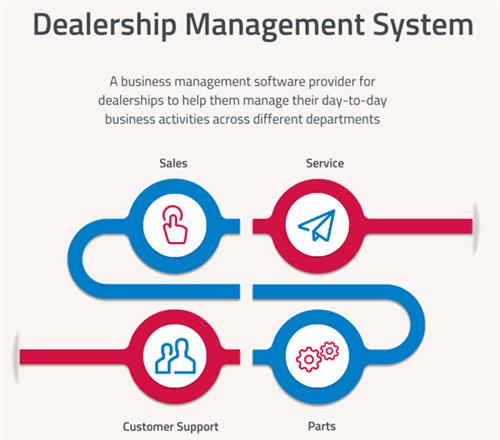
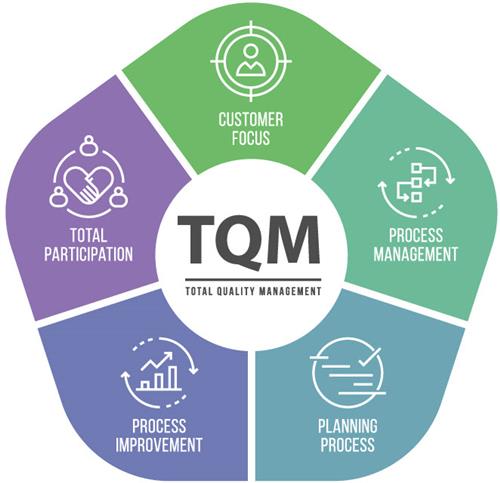
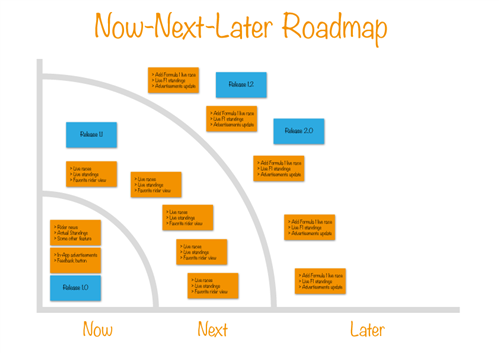



04102024050214_thumb.jpg)

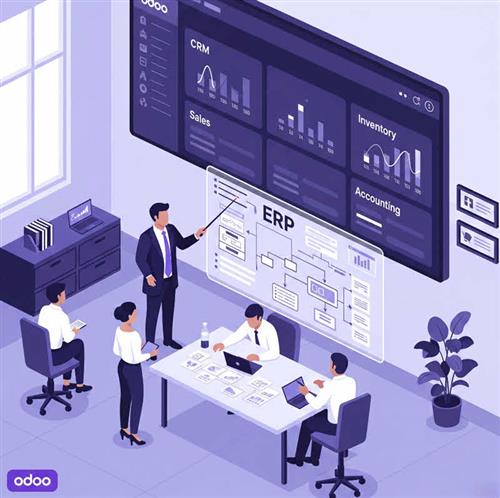
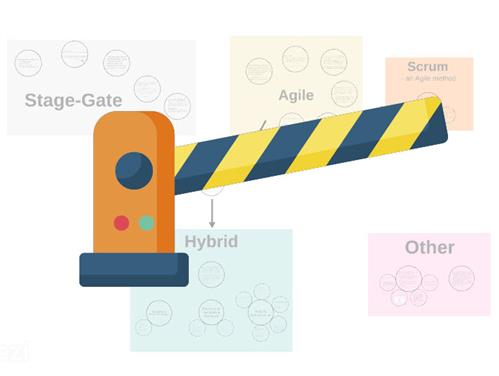




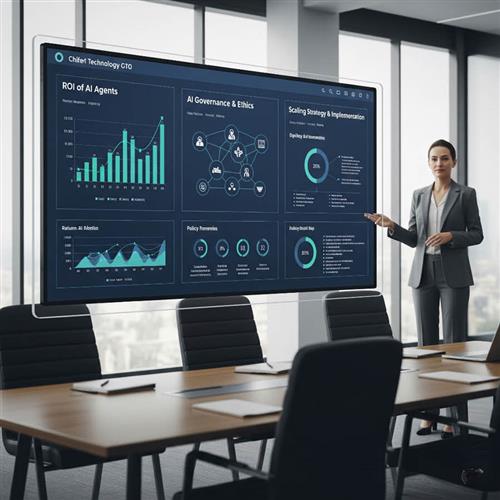









 Link copied!
Link copied!